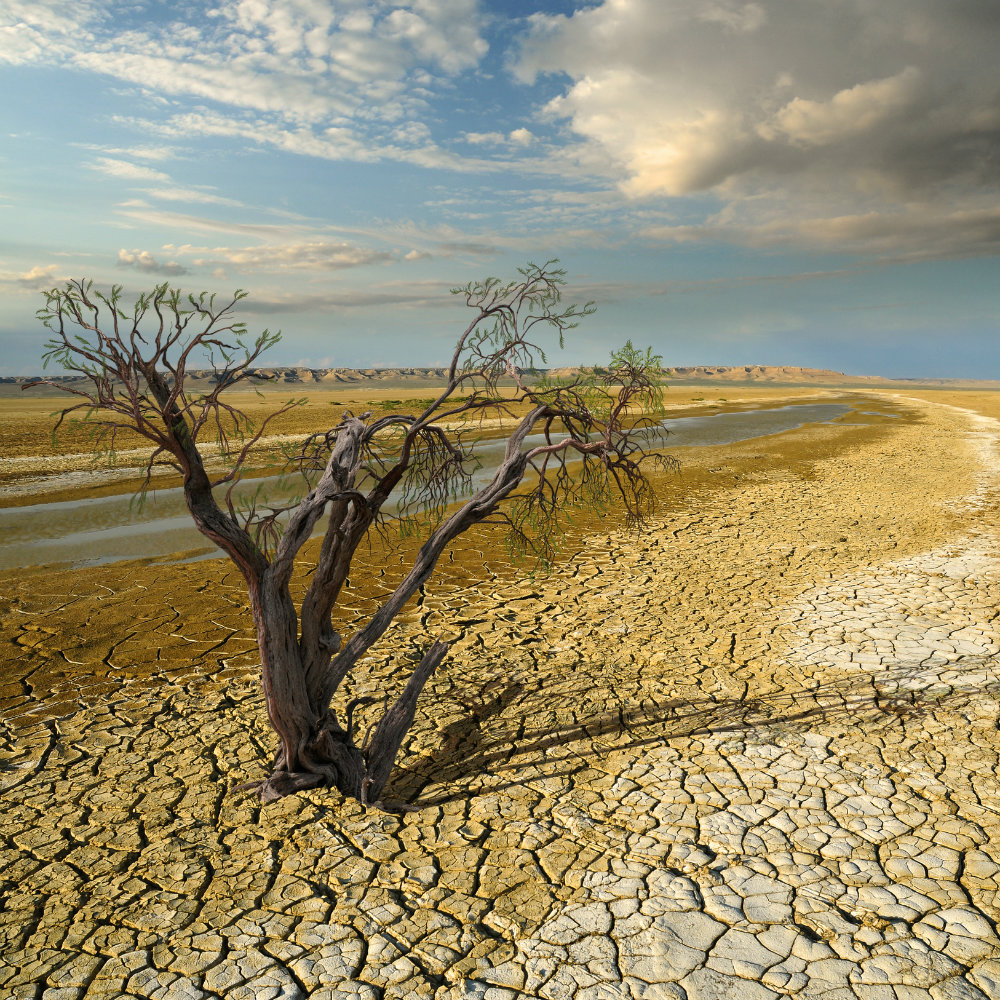The insurance industry is one of the sectors most impacted by the unpredictable consequences of climate change. The correlation between climate change and insurance poses significant challenges, prompting questions about how the industry can adapt to secure its sustainability.

Accepting climate change as the new normal
The increasing number of natural disasters such as wildfires, floods, droughts and hurricanes are leaving unforgettable marks on our planet. According to the United Nations global perspective report, natural disasters have steadily been increasing over the past 50 years due to climate change and experts believe now is the time to change the narrative from just focusing on mitigation to exploring adaptive measures. In Africa and unlike most other third world countries, the impact is harder due to the economies huge dependency on agriculture which is highly exposed to weather related risks. According to the World Meteorological Organisation (WMO), more than 110 million people on the African continent were directly affected by weather, climate and water-related hazards in 2022, causing more than US$ 8.5 billion in economic damages. There were5 000 fatalities reported, of which 48% were associated with drought and 43% were associated with flooding. The Swiss Re institute reported global insurance losses of US$ 108 billion in 2023, making it the fourth consecutive year that natural catastrophic losses globally exceeded US$100 billion. But what does this mean for the insurance industry?
The reality of climate change as a headache for insurers
The correlation between insurance and climate change is a double-edged sword. On one hand, as the frequency and severity of climate-related disasters increase, it pushes up the demand for insurance products to manage these risks. This leads to an increase in premiums as the number of policies sold increases.
On the other hand, the high frequency and severity of climate-related disasters results in increased claims that impacts’ the financial stability of the insurance industry.
Faced with this situation, insurers could simply increase premiums to build larger reserves that are necessary to cover possible volatility in future payouts. However, given the frequency and increasing nature of the disasters, the option of continually increasing premiums becomes unfeasible. Insurers are thus confronted with two issues: If they set their premiums too low to attract customers, they risk neglecting climate risks and could suffer huge losses, while if they set premiums high to accommodate large payouts for severe weather events, some businesses and customers would be left out as they would be unable to afford coverage, leaving them uninsured.
As a way of reaching some ‘middle ground’, insurers must begin to promote measures that boost resilience against climate risks by encouraging clients to adopt climate friendly technics like climate smart agriculture as a way of attracting reduced premiums. As such insurers would be tapping into the climate resilience model as a weapon against climate change.
Climate resilience as a weapon against climate change
Climate resilience is a means of adopting strategies that aids in coping with the impacts of climate-related events, whether short-term like floods, droughts and wildfires, or long-term effects like changes in food production patterns around the world. Climate resilience is a way of reducing these impacts on society and economies.
What role can insurers play in supporting climate resilience
Insurers have a big role to play in supporting climate resilience by way of designing climate-smart products and also utilizing available climate risk data to design pricing models that account for climate change.
“Climate-smart” or “climate-friendly” insurance refers to policies designed to encourage and reward behaviors that mitigate climate change. They range from discounts for businesses that use renewable energy sources, to reduced premiums for farmers that adopt climate smart agriculture.
Insurers can also leverage on their knowledge and understanding of risk to develop climate risk models. Risk modelling is now evolving to incorporate the increasing frequency and severity of climate-related disasters. Traditional models based on historical data are now being supplemented with predictive models that account for trends in climate change. This shift towards more accurate risk assessment is creating a new era of more climate-smart insurance.
These policies help insurers manage risks more effectively and also encourage customers to operate in a sustainable manner.
Conclusion
As the world grapples with the impact of climate change, the insurance industry should diversify its role from not only providing financial security but also increasing public awareness on adaptation and resilience. The main focus is currently on the urgent need to reduce emissions to get to net zero by 2050, but we are now living in a world where we are already seeing significant impacts of climate change and therefore adaptation needs to be seen in the same light as mitigation.
To achieve this, the insurance industry must begin to remodel its products so as to encourage clients towards adaptation and invest in training to better understand the complex dynamics of climate change. By doing so, the industry will turn the challenges of climate change into growth opportunities.
